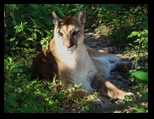

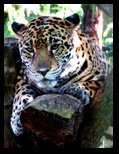
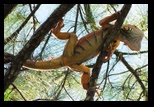
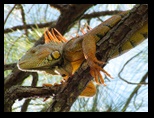
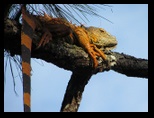
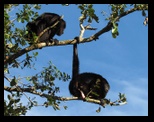
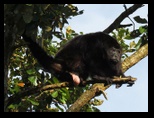
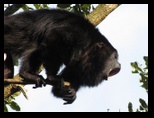
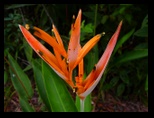
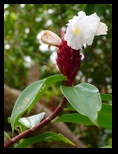
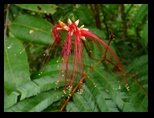
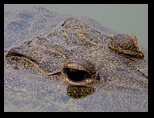
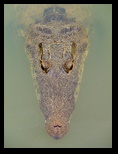
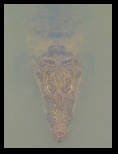
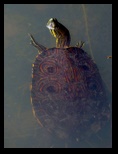

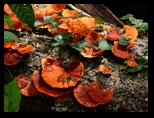
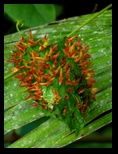
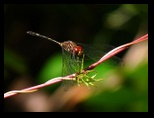
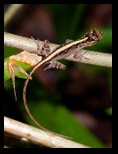
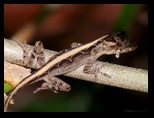
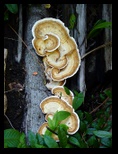




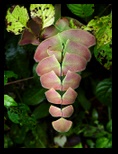

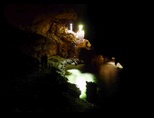
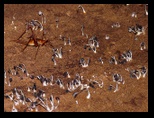
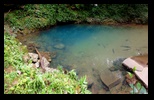
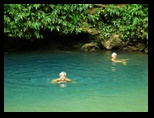
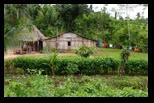


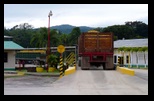
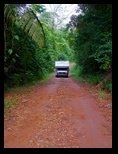
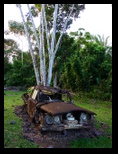
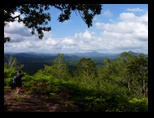
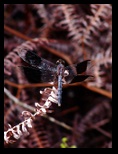
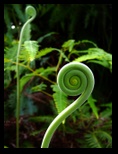
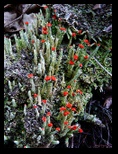
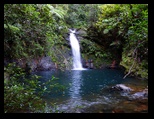
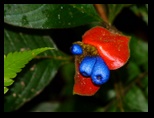
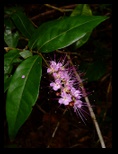
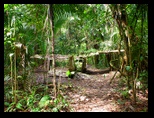
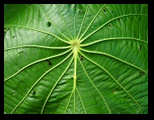
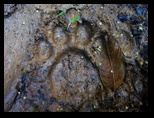
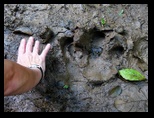
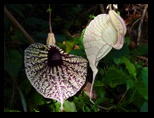
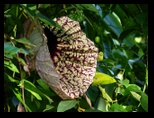

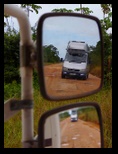

Click on a photo to enlarge it.
The following morning we managed to get one load of washing done as the washing machine had been repaired but then the dryer didn't
work for a while.
We drove to Belize Zoo but the entrance fee was $15 US per person which we thought was a bit too much for us seeing as we preferred to
see the animals in their natural habitats. So Helmut and Agnes went in and took some photos.
We couldn't stay there for the night but they suggested the Tropical Education Centre which was a very bumpy drive for a mile along a
track. But it was a very quiet and peaceful place for the night. We went for a couple of walks around to see a crocodile and turtles
in the lake and various wildlife including a Paca known as a Gibnut in Belize which is from the rodent family and looks like a cross
between a rat and a rabbit. It jumps like a rabbit!
Crocodile
At Guanacaste National Park we spent 2 hours walking along the trails. Guanacaste is one of the largest tree species in Central
America and its wide-reaching branches support a variety of orchids, bromeliads, ferns, cacti, lianas, and vines. The Guanacaste
tree is highly prized as a hardwood, for its resistance to insects and decay, and is a choice timber for making dugout canoes or
dories. The trails lead through the jungle and to a river with numerous butterflies and fungi.
We stopped in Belmopan, the capital city, to go to the market for fruit and very expensive petrol - $5-13 per gallon! Then we drove
to St. Herman's Blue Hole National Park where we could park for the night for US$5.
The main attractions in this park, St. Herman's Cave and the Blue Hole, are connected by an underground stream. We spent about
1 hour inside Herman's cave where you are allowed to go approx 300 metres inside without a guide. We needed a torch to get along
the path to see stalactite and some small white flowers.
Helen walked 3 miles along the muddy trails up to a lookout and to another cave entrance and then to Blue Hole where Kirsten
had gone ahead for a swim.
Blue Hole was formed by the collapse of an underground limestone cave. In this case, the river running through the original
cavern still flows through the cave system, and forms a sapphire-coloured pool at the bottom of the cenote. The depression measures
about 100 feet deep and 300 feet in diameter, with the actual Blue Hole at the depression´s base having a depth of about 25 feet.
Schwimming in the Blue Hole.
After stopping at a German bakery and seeing an overturned truck that had spilled it's load of grapefruits, we went to Cockscomb
Basin Wildlife Sanctuary which is known for being a jaguar preserve. Although we spent two nights there we didn't see any jaguars!
We did see a wild boar that jumped out of the bushes along the trail in front of us and believe that we saw jaguar and tapir
prints in the mud.
We also walked up a short steep trail to the lookout point and to a waterfall. Helen also took a short detour to see the small
plane that had crashed into the trees when one of the research scientists tried to take off in a storm. No one was killed but
there was no way to remove the plane!
Although we enjoyed our visit there was a dispute when they tried to overcharge us for camping (20US$ per verhicle per night!). The manager was supposed to
come and talk to us but never did. So after staying for two nights, we got woken up at 5-50am and asked to leave when we were
due to leave at 9am anyway. They should stick to their advertised prices and not try to cheat the tourists.
We drove back along the very bad road for one hour and then along another very bad road to get to the tiny beach resort of Hopkins.
 Hopkins - 360° Panorama(move mouse over panorama and click on the arrows)
Hopkins - 360° Panorama(move mouse over panorama and click on the arrows)
We only stayed for a few hours and then drove via the bakery to San Ignacio in the rain and stayed at Inglewood camp ground for
three nights.
We had a bit of cleaning to do seeing as all our shoes had got very muddy from the recent trails we've done and we also had to get
our timing altered because for some reason it has adjusted itself and we are also having a problem with the check engine light
coming on when there is no problem that we can see.
The camp ground owner recommended Mr Jones who was a very nice man with a scanner to do the job. But he still ended up having to
adjust the timing the old fashioned way by hand because our timing wasn't even on the scale! It was the beginning of a problem that
would take us a few weeks to sort out and we eventually solved it ourselves!